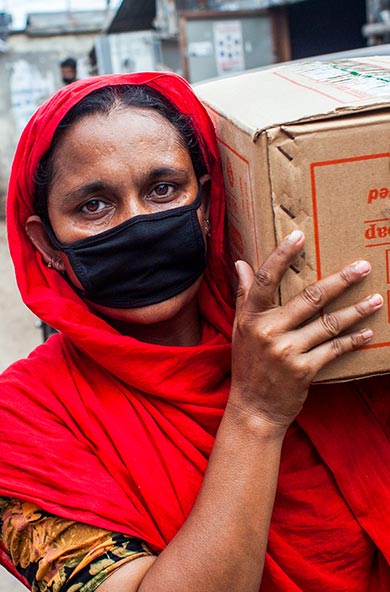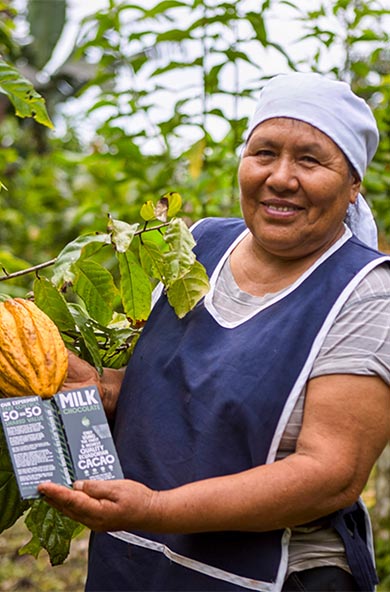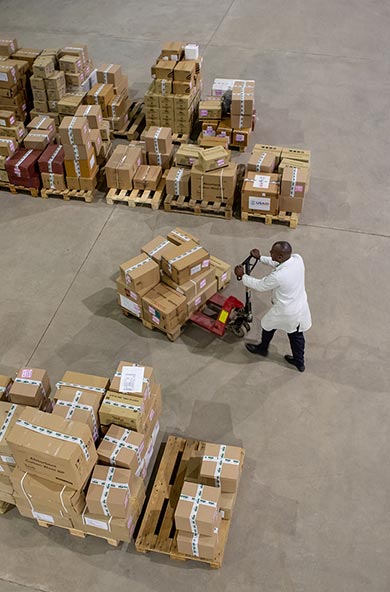Digital technology is advancing at an incredibly rapid pace all over the world – but it’s not happening evenly. Around 60 percent of the world’s population is now online, but most of those people are in developed countries. In less-developed countries, only one in five people are online. This matters because education, work, and public services are increasingly reliant on digital access. Lack of connectivity therefore is a growing impediment to human development.
Fortunately, there are a variety of initiatives seeking to address these inequalities. In the private sector, Google’s Next Billion Users initiative conducts research and builds products to serve first-time internet users. Amazon’s Project Kupier and SpaceX’s Starlink have sent thousands of satellites into orbit to fill internet dark spots around the world.
National governments are also prioritizing investments in connectivity. The Digital India programme aims to get the entire country online, and provides digital banking, governance, education, and healthcare services. Analysts predict that this could boost India’s GDP by US$1 trillion by 2025, while creating opportunities for marginalized people in rural communities.
The United Nations is aligned behind Secretary-General Antonio Guterres’s support for universal connectivity by 2030, as illustrated through the Roadmap for Digital Cooperation. The Broadband Commission, led by ITU and UNESCO, has been working towards universal connectivity for more than a decade. Recently, UNICEF and ITU have launched the Giga Initiative with the goal of connecting every school to the internet, and UNHCR’s Innovation Service promotes digital access for refugees. UNDP has worked on extending connectivity to remote areas and vulnerable populations for many years. UNDP also supports digital livelihoods for women and is developing indicators to measure the gender digital divide.
We should be encouraged that as a result of these and other efforts, the number of internet users continues to increase every year.
Whilst we should celebrate these successes, we need to move beyond our understanding of connectivity through whether or not someone has access to the internet to a more nuanced understanding of the ways inequalities may be perpetuated or amplified in the digital sphere.
Let us consider some of the barriers that still exist, even when there is basic connectivity. Even when network coverage arrives, the digital divide can still be entrenched by issues of affordability, accessibility of content and lack of digital literacy.
Plainly, it doesn’t matter if you have internet coverage if you can’t afford a data bundle. It doesn’t matter if you can get online if public services are not in a language you understand. It doesn’t matter if you can get online if you don’t know how to use an internet browser. These are just some of the real impediments that many people face. And those that are most affected are usually those that are already at the margins of society.
Ensuring that existing inequalities are not simply replicated and amplified online requires urgent measures. We must work to reduce fragmentation between civil society, the private sector, and governments to ensure we are coordinating our efforts. Work with our government partners to develop policies and expand programmes that prioritize inclusion must be accelerated. We must advocate for those left behind. It is imperative we ensure the opportunities of work, education, and public services that connectivity can provide are accessible to all.

 Locations
Locations



















